Origin Polish Years active 1960–present Role Composer | Instruments Electroacoustic Name Eugeniusz Rudnik | |
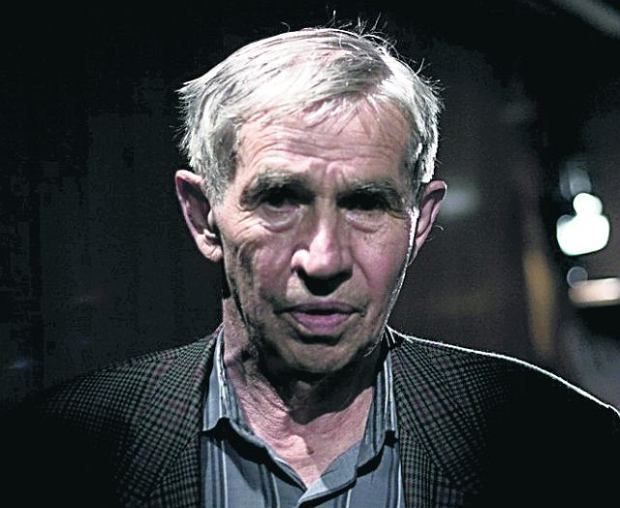 | ||
Born 28 October 1932 (age 92)
Nadkole ( 1932-10-28 ) Occupation(s) Composer, sound director, sound engineer Albums Studio Eksperymentalne Polskiego Radia Music director 15 Corners of the World, Test pilota Pirxa, Diagram Similar People Arvo Part, Andrzej Kurylewicz, Daniel Szczechura | ||
Eugeniusz Rudnik (born 28 October 1932 in Nadkole upon Liwiec) – modern Polish composer, electronics engineer and sound engineer. Pioneer of electronic and electro-acoustic music in Poland .
Contents
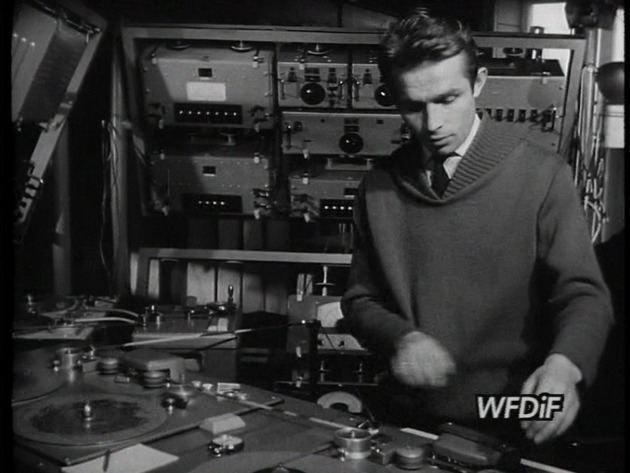
Curriculum vitae
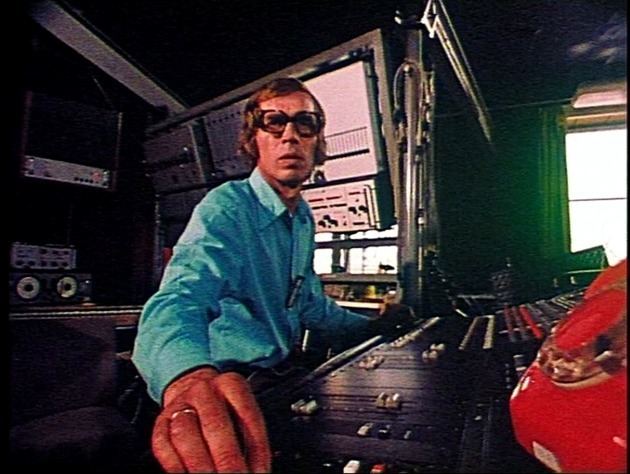
In 1967 he graduated from the Faculty of Electronics on Warsaw University of Technology. Since 1955 he worked for Polish Radio, at first as the manager of plumbers, carpenters and painters. In 1958 he started working in the Experimental Studio of the Polish Radio, fourth such facility in Europe, founded and directed by Jozef Patkowski. Between 1967 and 1968 Rudnik worked in the Studio for Electronic Music of the Westdeutscher Rundfunk in Cologne, when he cooperated with Wlodzimierz Kotonski by the implementation of Klangspiele. At the same time Rudnik worked also with Karlheinz Stockhausen and Peter Kotik. In the late 60's and 70 Rudnik co- created some of Norwegian composer Arne Nordheim works, including Colorazione and Solitaire (1969) – which was made especially for the opening ceremony of the contemporary art center Norwegian Sonja Henie Onstad Art Centre Niels and Plus ou moins (1970), created for the Scandinavian pavilion at the World's Exhibition in Osaka – fully dedicated to the issue of degradation and the fundamental need of protection of the environment. Rudnik and Nordheim made together also interactive installation Sculpture sonore (1968) for the blind rehabilitation center in Oslo. He made dozens of works including: Andrzej Dobrowolski – Music for Magnetic Tape and oboe solo (1965), Krzysztof Penderecki – Psalmus (1961), Ekecheirija (1972) – especially for the opening ceremony of the Olympic Games in Munich, Wlodzimierz Kotonski – Aela (1970), Boguslaw Schaeffer – Missa elettronica (1975 ). Rudnik collaborated with Franco Evangelisti during his probation years in the Experimental Studio in Warsaw, as well as with dozens of artists from the circle of music and other arts.
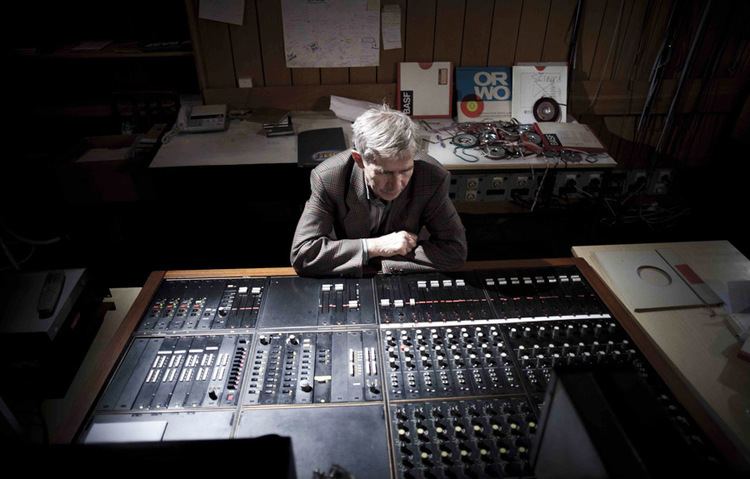
Rudnik was one of the first Polish electroacoustic music producers and co-founder of the so-called Polish school of electroacoustic music and author of innovative solutions of spatial sound projection, composer of Skalary (1966). He was also author of the one of the first in the world poliversional tracks to tape, and the first Polish track quadraphonic Vox Humana (1968) carried out in Studio WDR in Cologne. His work has defined and confirmed the role of sound producer as a co-author of the works of electroacoustic music.
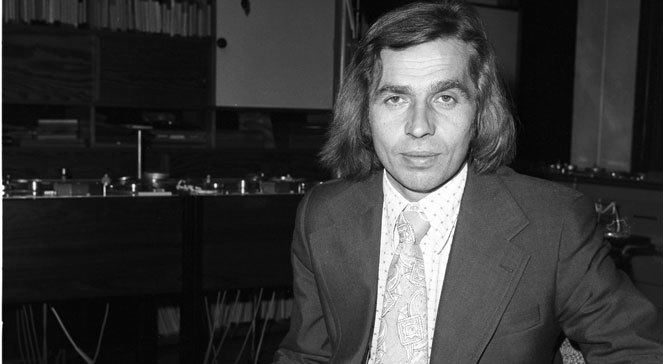
As a composer he has created about 95 works, in studios of electronic music in Warsaw, Stockholm, Cologne, Paris, Bourges, Baden-Baden, Brussels and Ghent. They were presented on different radio stations throughout Europe and in many countries in the world, as well as many times at festivals: Warszawska Jesien, Musica Polonica Nova in Wroclaw, World Music Days in Finland, [[Muzicki Biennale]] Zagreb, Fylkingen in Stockholm, Berliner Festwochen, Festival d'Automne a Paris, [[L'Europe acousmatique]] at the Centre Georges Pompidou in Paris, Phonurgia Nova in Arles and many others. In 2006, Rudnik was a central figure in Warsaw edition of Audio Art Festival. His composition Homo Ludens was presented in 1985 at the prestigious world exhibition of contemporary art Documenta VII in Kassel, where previously attended, among other, Tadeusz Kantor and Magdalena Abakanowicz. Many tracks of Rudnik were also nominated for the awards, including Prix Italia and Karl Szczuka Preis. In 2007, the National Library in Paris included 30 works Rudnik to its own special set of auditory art world.
As a performer of live electronic, Rudnik took part in the team improvisations in France and Poland together with Arne Nordheim, Francoise Bernard Mache, Kare Kolberg and Bohdan Mazurek. He taught the students of the Music Academy in Warsaw and the Melchior Wankowicz Warsaw School of Journalism, he is a lecturer at seminars of reportage, acceptant and juror of movies and journalism competitions.
Characteristics of work
Rudnik works can be divided into two categories; autonomous electroacoustic music and works known as "ars acustica". In both the composer uses electronic material, electronic processed concrete material with varying degrees of recognition of the source. The composer often uses collage method, making it a primary means of expression. Music genre "ars acustica" oscillate between the type of radio drama and music programs.
Awards and honors
He has received many awards. In addition to the ones already mentioned, they include one at the First International Electronic Music Competition in Hannover, USA, for Dixi (1968), first prize at the Bourges International Electroacoustic Music Competition (France) for Mobile (1972), 3rd prize in Bourges for Ostinato (1973), the second prize in Bourges for Homo Ludens, (1984), awarded the Chairman of the Committee on Radio and Television "for his outstanding achievements in the field of creativity and execution of experimental electronic music for programs of Polish Radio and Television" and the Warsaw Golden Badge of Honour for services to Warsaw (1987), an honorary radio award at the Festiwal Mediow "Czlowiek w zagrozeniu" in Lodz for the "eternal and universal values of the human being documenting the threats of modern civilization" (1991), Euphonia d'or prize in Bourges again for Mobile and Golden Microphone Award for a "valued worldwide achievements in the field of radio art and experimental autonomous music " (1993) and the first prize (with Maria Brzezinska) at the XVII Miedzynarodowy Katolicki Festiwal Filmow i Multimediow in Niepokalanow and at the "Dwa Teatry" festival in Gdansk for Przyjaciolki z Zelaznej ulicy (2002). In 2000 he was awarded the Knight's Cross of the Order of Polonia Restituta.
On 27 October 2012, at the Soundedit Festival, Rudnik received the award "Czlowiek ze Zlotym Uchem" for "pioneering work in the field of music production" [4] [5].
Autonomous pieces of art
- 1965–Kolaz
- 1965–Korzen
- 1965–Lekcja
- 1966–Skalary – studium technologiczne
- 1967–Dixi
- 1968–Metamorfoza – muzyka ilustracyjna
- 1968–Vox Humana
- 1969–Rondo
- 1970–My
- 1971–Divertimento
- 1972–Mobile
- 1972–Mobile (wersja czterokanalowa)
- 1973–Ostinato
- 1973–Ready made
- 1973–Wokale
- 1974–Etiuda monotematyczna
- 1974–Muzyka baletowa
- 1974–Nature morte avec l’oiseau (wersja czterokanalowa)
- 1974–Nature morte avec l'oiseau
- 1974–Ostinato (wersja czterokanalowa)
- 1974–Ring
- 1974–Ring II
- 1975–Golebie Warszawy (nagranie czterokanalowe)
- 1975–Nokturn
- 1976–Cztery poematy
- 1977–Ready made'77
- 1978–Polak melduje z kosmosu
- 1979–Etude de l'aspirine parisienne
- 1979–Moulin diabolique
- 1979–My
- 1979–Nous
- 1979–Omagio all'anonimo
- 1980–Tryptyk – pamieci Franco Ewangelisty
- 1982–Berceuse
- 1982–Elegia – ofiarom wojny
- 1982–Elegy to the victims of the war
- 1984–Ekecheiria – szkic do portretu Mistrza
- 1984–Homo ludens – balet radiowy nie pozbawiony elementow autobiografii
- 1984–Kamienne epitafium – pamieci ksiedza Jerzego Popieluszki
- 1984–Szkic do portretu Mistrza
- 1986–Podzwonne – pamieci Andrzeja Markowskiego
- 1989–Gilotyna – dg
- 1990–Annus miraculi
- 1990–Via crucis – epitafium poswiecone pamieci polskich oficerow zamordowanych w kwietniu i maju 1940 przez NKWD i pogrzebanych we wsi Katyn kolo Smolenska
- 1992–Pan Jezus niewierzacych
- 1992–Ptacy i ludzie – etiuda koncertowa na czworo artystow, troje skrzypiec, dwa slowiki, nozyczki i garncarke ludowa
- 1994–Panichida – pamieci Jerzego Bienieckiego
- 1995–Annus mirabilis
- 1995–Diewuszka, wasze dokumienty
- 1995–Interludia
- 1995–Przyjaciolki z Zelaznej ulicy – radiowa ballada dokumentalna
- 1995–Sekunda wielka – mala suita dokumentalna dla doroslych
- 1995–Theme G-M-E-B
- 1997–Divertimento
- 1997–Martwa natura z ptakiem, zegarem, strzelcem i panna
- 1997–Pourqoi Cocteau – epitafium na smierc Wielkiego Aktora George'a Genicot
- 1997–Rumor
- 1998–Homo radiophonicus – radiowa ballada dokumentalna
- 1999–Jesien Ludow
- 1999–Peregrynacje Pana Podchorazego albo nadwislanskie zarna – radiowa ballada dokumentalna
- 2001–Die Wandlung des Herrn Fahnrich oder die Muhisteine an der Weichsel -Eine dokumentarische mehrspachige Rundfunk Ballade
- 2002–Sniadanie na trawie w grocie Lascaux
- 2004–Agonia pastoralna
- 2004–Johna pamieci rapsod frywolny
- 2004–Manewry albo Dama i huzary – liryczny poemat dzwiekowy lub dzwiekowy poemat liryczny
- 2005–Ecce homo
- 2005–Epitafium – zameczonym w kamiennym piekle Gross Rosen
- 2007–Epilogos
- 2007–Neomobile
- 2008–Larum – „Dlaboga, co sie stalo z Wami Zolnierze?”
- 2010–Dziecielina palala na tasme
Songs
Podzwonne [1984]
Erdada 80/50/3940 Na Tasme
Sekunda wielka [1995]
Ptacy i ludzie [1992]
Ostinato [1972]
Martwa natura z ptakiem - zegarem - strzelcem i panna [1997]
Miniatury
Moulin Diabolique
Ready Made '77 [1977]
Tryptyk [1980]
Diewuszka - wasze dokumienty [1995]
Kamienne epitafium [1984]
Dixi
Mobile [1972]
Przyjaciolki z zelaznej ulicy [1995]
Annus Mirabilis [1995]
Peregrynacje pana podchorazego albo nadwislanskie zarna [1999]
Dziecielina Palala Na Tasme Stereo
Memini Tui
Divertimento [1971]
Elektrowyzwoliny
Sound Event
33
Zepsuty Zegar
Dzwon Sie Topi
Nutka Szyjka
Tajemnicza Dzwonnica
SOS SOS
List do Mamy
Rozbiorka Domu Drewnianego
Krotki Sygnal Komorki II
Poranek w Soplicowie
